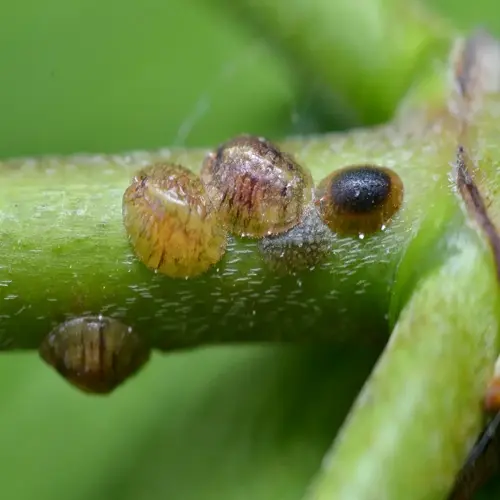What soil mix works best for cuttings?

Written by
Liu Xiaohui
Reviewed by
Prof. Samuel Fitzgerald, Ph.D.Cutting propagation success is achieved or not, depending on the right soil mixture. Suitably sterile and well-drained soil mixtures prevent diseases and encourage root growth. I remember losing an entire batch of rosemary cuttings to fungus in the potting soil before I learned this. The avoidance of usual errors is accomplished by using the right mixtures.
Perlite and peat moss really help to develop the perfect moisture balance. An even mix gives enough moisture retention without a soggy mess. The perlite contributes the necessary aeration, while the peat moss holds moisture around the roots. My standard medium is a 50:50 mixture of perlite and peat moss. Your cuttings will have their perfect moisture conditions.
Vermiculite is beneficial to delicate seedlings and sensitive plants. When mixed in proportions of 20% with perlite-peat mixtures, it will retain moisture. It lessens the frequency of watering. I employ it for fuchsia and begonia cuttings. You protect the new tender roots from drying out.
Essential Ingredients
- Perlite for drainage and aeration
- Peat moss for moisture retention
- Vermiculite for delicate root protection
Prohibited Materials
- Garden soil (contains pathogens)
- Fresh manure (burns roots)
- Undrained clay (causes rot)
Sterilization Methods
- Bake at 180°F for 30 minutes
- Microwave damp mix for 90 seconds
- Use commercial sterile potting blends
Do not use garden soil, as it contains fungus and pests. Even sterilized garden soil lacks the necessary consistency. My worst failures with producing plants started with soil from the yard. With the use of either commercial or homemade sterilized mixtures, you are assured of starter cultures free from disease.
Before planting, prepare the mixtures well. Damp slightly so they hold shape when squeezed. Fill trays loosely. Make planting holes with pencils. I make mixtures a day before propagation. Cuttings become acclimated more readily under ready conditions.
After-care keeps the conditions ideal. Start with water in spray bottles. Cover with plastic to maintain humidity. Check daily for moisture. My cuttings love this. This is how you get professional results: by keeping it simple.
Read the full article: 7 Essential Plant Propagation Techniques Explained

